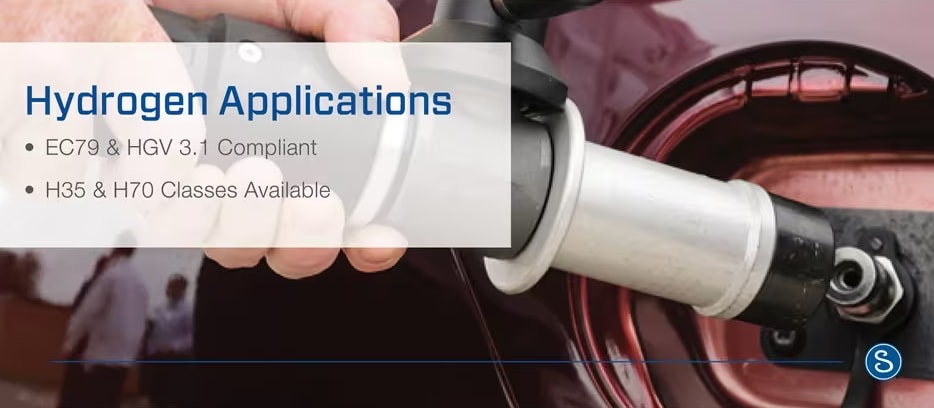Why is Hydrogen vital for a greener future?
Reducing harmful emissions is a topic that is growing, and is not going away anytime soon. The usage of hydrogen has already started and is gradually increasing. The versatility and environmental benefits is widely recognized, and is gaining traction towards a greener future.
So far hydrogen is used in several industrial processes. Hydrogen is a fundamental building block for the manufacturing of ammonia, hence fertilizers, and methanol and of many polymers. In addition, it is used in the manufacturing of intermediate oil products in refineries, blending into natural gas, and as an alternative fuel.
In energy, most hydrogen is used through Fuel Cells (FCs). A fuel cell is an electrochemical device that combines hydrogen and oxygen to produce electricity, with water and heat as by-products. In its simplest form, a single fuel cell consists of two electrodes - an anode and a cathode - with an electrolyte between them. At the anode, hydrogen reacts with a catalyst, creating a positively charged ion and a negatively charged electron. The proton then passes through the electrolyte, while the electron travels through a circuit, creating a current. At the cathode, oxygen reacts with the ion and electron, forming water and useful heat.







